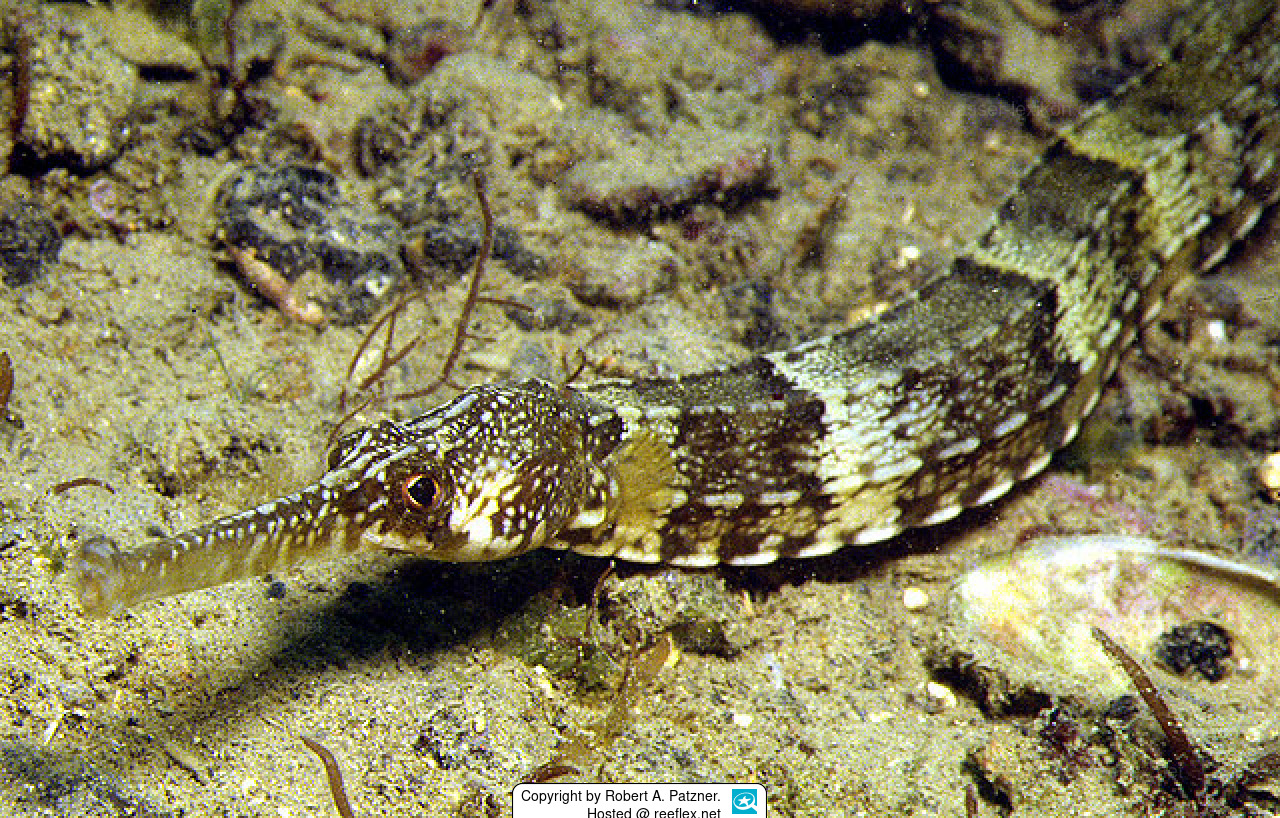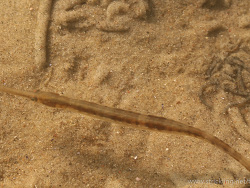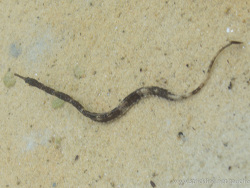Info
Subtropical species. Cooler water and live food. Special tank !
Synonyms:
Dermatostethus punctipinnis Gill, 1862
Sygnathus acus (Linnaeus, 1758)
Syngnathus alternans Günther, 1870
Syngnathus brachyrhynchus Kaup, 1856
Syngnathus delalandi Kaup, 1856
Syngnathus rubescens Risso, 1810
Syngnathus temminckii Kaup, 1856
Typhle heptagonus Rafinesque, 1810
Classification: Biota > Animalia (Kingdom) > Chordata (Phylum) > Vertebrata (Subphylum) > Gnathostomata (Superclass) > Pisces (Superclass) > Actinopterygii (Class) > Syngnathiformes (Order) > Syngnathidae (Family) > Syngnathinae (Subfamily) > Syngnathus (Genus) > Syngnathus acus (Species)
Feeding intake.
The fish take a long time to eat at the beginning, before the food is taken up, a close inspection is carried out. After acclimatisation, the offered frozen food is eaten without problems. It should be noted that wild-caught fish behave differently than offspring when it comes to food intake. In the case of offspring, the size of the fish purchased also plays a role in the choice of food.







 Dr. Robert A. Patzner, Österreich
Dr. Robert A. Patzner, Österreich






















